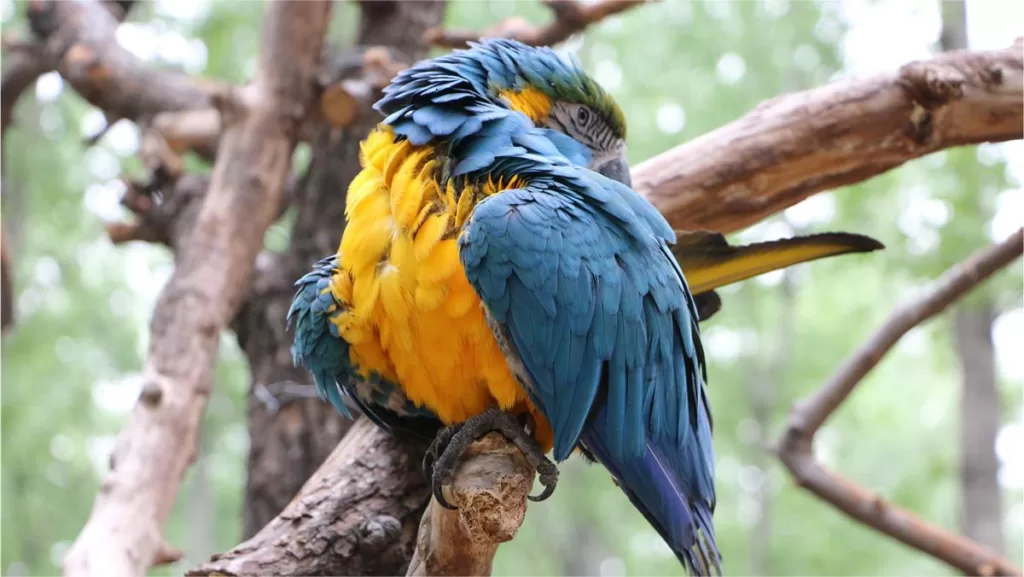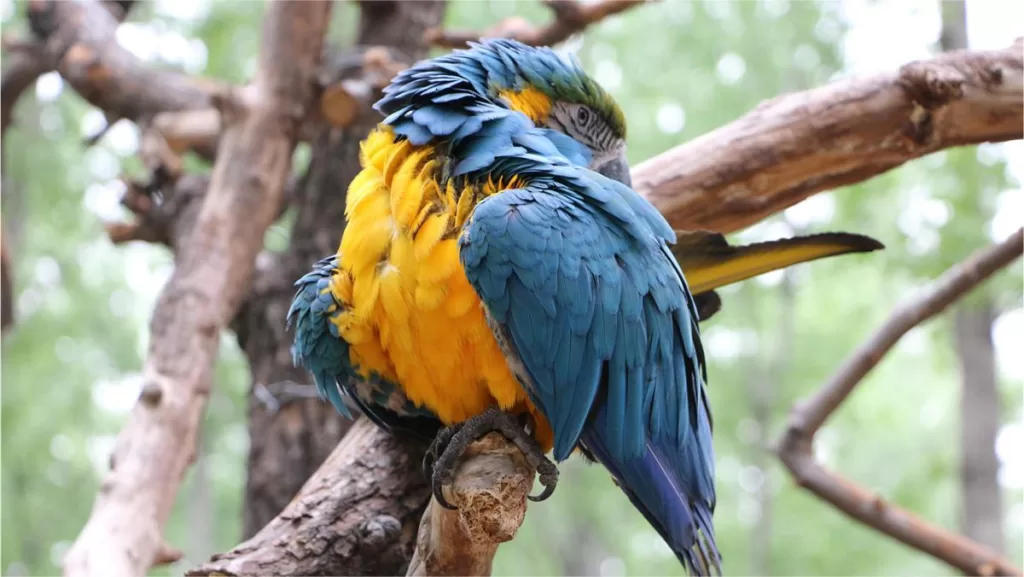北京动物园 - 门票、开放时间、亮点和提示


Beijing Zoo (北京动物园) is a large and well-known zoo located in the Xicheng District of Beijing, China. It was established in 1906 during the Qing dynasty and has since become a popular destination for tourists and locals alike.
The zoo covers an area of over 220 acres and is home to over 14,500 animals of more than 950 different species from all around the world. Some of the most popular animals at the zoo include giant pandas, Siberian tigers, African lions, and golden monkeys. In addition to the animal exhibits, Beijing Zoo also features several gardens, including a lotus garden, peony garden, and cherry blossom garden, that offer a peaceful and scenic environment for visitors to relax in.
目录
基本信息
| 网站 | http://www.bjzoo.com/ |
| 预计游览时间 | 超过 3 小时 |
| 票价 | Admission ticket: 15 RMB (1st April – 31st October) 10 RMB (1st Novermber – 31st March the next year) Giant Panda House: 5 元 Penguin House: 10 元 Children’s Zoo: 10 元 Aquarium: 130 元 |
| 开放时间 | 7.30 – 19.00; Last admission: 18.00 (1st April – 31st October) 7.30 – 17.00; Last admission: 16.30 (1st Novermber – 31st March the next year) |
| 电话号码 | 0086-010-68380274 0086-010-68314411 |
地点和交通
Beijing Zoo is located in the Xicheng District of Beijing, China, at No. 137 Xizhimen Outer Street. It is situated near several major landmarks, including the Beijing Aquarium, the Capital Indoor Stadium, and the National Library of China.
There are also several shopping centers, restaurants, and hotels located near Beijing Zoo, providing visitors with plenty of options for dining, shopping, and lodging.
巴士 Take bus 27, 87, 105, 107, 111, 129, 305, 332, 347, 360, 362, 534, 563, 604, or 632, get off at Beijing Zoo Stop (Beijing Dongwuyuan 北京动物园), and walk about 100 meters to the east to reach the entrance.
地铁 Take subway line 4, get off at Beijing Zoo Station, get out of the station from Exit B, and you will be standing right in front of the ticket office.
History of Beijing Zoo
The history of Beijing Zoo dates back to the Qing dynasty in 1906, when a group of officials created a royal menagerie in the gardens of the Summer Palace. The menagerie was established to house exotic animals from all over the world that had been gifted to the emperor as diplomatic gifts.
After the fall of the Qing dynasty and the establishment of the Republic of China in 1911, the menagerie was renamed as the “Beijing Zoo” and opened to the public. In its early years, the zoo had a limited collection of animals, mostly consisting of native species and a few foreign animals.
During the Japanese occupation of China in World War II, the zoo was heavily damaged and many of its animals were killed or taken away. After the war, the Chinese government began to restore and expand the zoo, adding new exhibits and acquiring new animals.
In the 1950s and 1960s, the zoo underwent major renovations and expansions, including the construction of several new animal enclosures and gardens. It also became a research center for animal behavior and conservation, working closely with international organizations to promote animal welfare and conservation efforts.
In the 1980s and 1990s, Beijing Zoo continued to expand its collection of animals and improve its facilities. It also became a popular destination for tourists and locals alike, attracting millions of visitors each year.
Highlights of Beijing Zoo
大熊猫

The giant panda exhibit is one of the highlights of Beijing Zoo, and is a must-see for visitors to the park. Here, visitors can observe these beloved animals in a habitat that simulates their natural environment. The giant pandas spend much of their time eating bamboo, and visitors can watch as they munch on their favorite food. They also enjoy playing and lounging around, and visitors can witness their playful antics as they interact with each other and their surroundings.
African Savannah

The African Savannah exhibit at Beijing Zoo is a fascinating attraction that offers visitors a glimpse of some of Africa’s most majestic animals in a habitat that closely mimics their natural environment. Here, visitors can observe lions, zebras, giraffes, and elephants as they roam freely in a large, open area that replicates the sweeping grasslands of the savannah. The lions may be seen napping in the shade or prowling around, while the giraffes reach for leaves from the trees and the elephants trumpet and splash around in the water.
Aquarium

Located within the zoo, the Aquarium boasts a vast collection of over 450 different species of aquatic animals, including sharks, dolphins, sea turtles, and various types of fish. Visitors can explore a variety of exhibits that showcase the diversity of marine life from around the world, from coral reefs to deep-sea creatures. The aquarium also features an underwater tunnel that provides a unique perspective of marine life swimming above and around you.
Primate House

The Primate House at Beijing Zoo is a fascinating attraction that showcases a wide range of monkey and ape species from around the world. Visitors can observe these intelligent and social creatures as they swing and climb through the trees, play, and interact with each other. The Primate House features a diverse collection of species, including orangutans, chimpanzees, and gibbons, and visitors can learn about the unique behaviors and characteristics of each through informative displays and interactive exhibits.
Birds’ Paradise

The Birds’ Paradise exhibit at Beijing Zoo is a captivating attraction that features a diverse collection of bird species from around the world. Visitors can observe these beautiful creatures as they fly and interact with each other in a large, open-air habitat. The exhibit showcases a wide range of bird species, including eagles, parrots, and flamingos, and offers visitors a unique opportunity to appreciate their unique beauty and behaviors. Informative displays and interactive exhibits provide visitors with insights into the different types of birds and their habits.
Children’s Zoo

The Children’s Zoo at Beijing Zoo is a fun and interactive attraction that offers younger visitors a chance to learn about and interact with a variety of animals in a safe and controlled environment. The zoo features a range of domestic animals, including goats, rabbits, and guinea pigs, as well as some exotic animals, such as alpacas and wallabies. Children can learn about animal behavior and care through informative displays and interactive exhibits, and even have the opportunity to pet and feed some of the animals under the supervision of trained zookeepers. With its fun and educational exhibits, the Children’s Zoo is a great place for families with young children to spend an enjoyable and educational day at the zoo.
Vlog about Beijing Zoo
从评论中总结出的有用提示
Panda Exhibition: Beijing Zoo currently exhibits 9 pandas in total.
- In the Asia Games Pavilion, there are 5 pandas: Meng Da, Bai Tian, Meng Er, Meng Meng, and Fu Xing.
- Among them, Meng Da and Bai Tian share both indoor and outdoor areas; Meng Er and Meng Meng share both indoor and outdoor areas; Fu Xing has both indoor and outdoor areas.
- In the Olympic Pavilion, there are 4 pandas: Meng Lan, Meng Bao, Meng Yu, and Dian Dian.
- Meng Lan only has an outdoor area, no indoor area; Meng Bao and Meng Yu are together and only have an indoor area, no outdoor area; Dian Dian also only has an indoor area.
- Two pandas, Ya Ya and Gu Gu, are currently retired and not available for public display.
Best Time to Visit Pandas: Pandas prefer cooler temperatures and are less active during hot weather. It’s recommended to visit them when the weather is cooler or during snowfall. Early mornings around 8 or 9 AM are generally when pandas are most active.
Facilities and Transportation: You can rent strollers at the main entrance, which is advisable if you have young children, as the zoo is quite large. There are shuttle buses available within the zoo for 10 yuan per ride.
Rules and Regulations: Feeding animals is strictly prohibited in the zoo, and violators may face a fine of 50 yuan.
Avoiding Crowds: During summer vacations, the zoo can get crowded, and there might be queues at the entrance. To avoid this, you can take subway lines 4, 9, or 16 to the National Library station and exit from Exit C. From there, walk a short distance forward until you reach the South Changhe Road. Walk along the riverbank to the east for about 800 meters (you’ll pass by the Capital Indoor Stadium). On your right, you’ll see a small bridge. Cross the bridge, and you’ll arrive at the northwest gate of the zoo, where there are usually fewer visitors.
相关事实

How easy is it to find taxi at Beijing Zoo


What is speical in the Beijing Zoo to see

Is beijing zoo ethical?